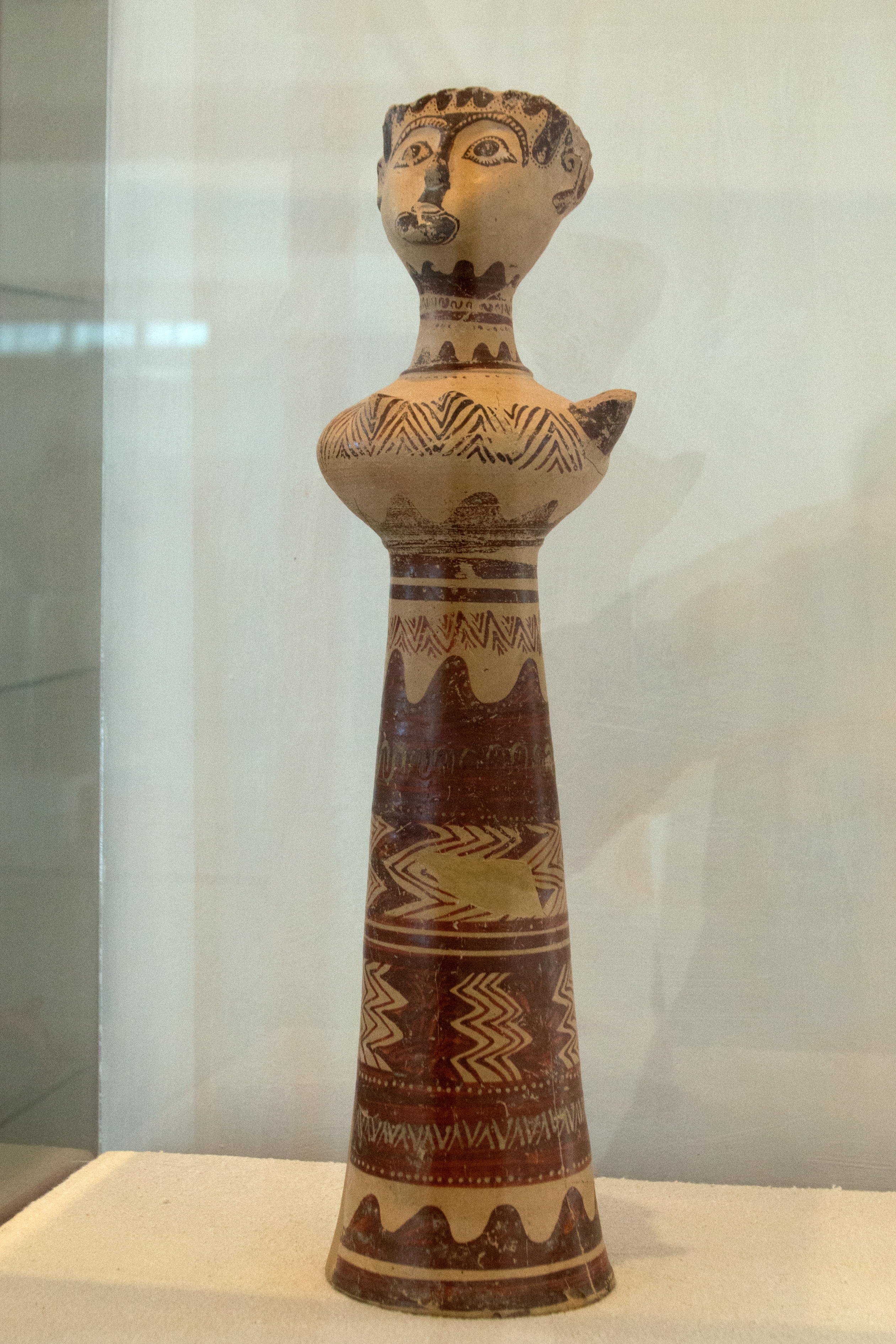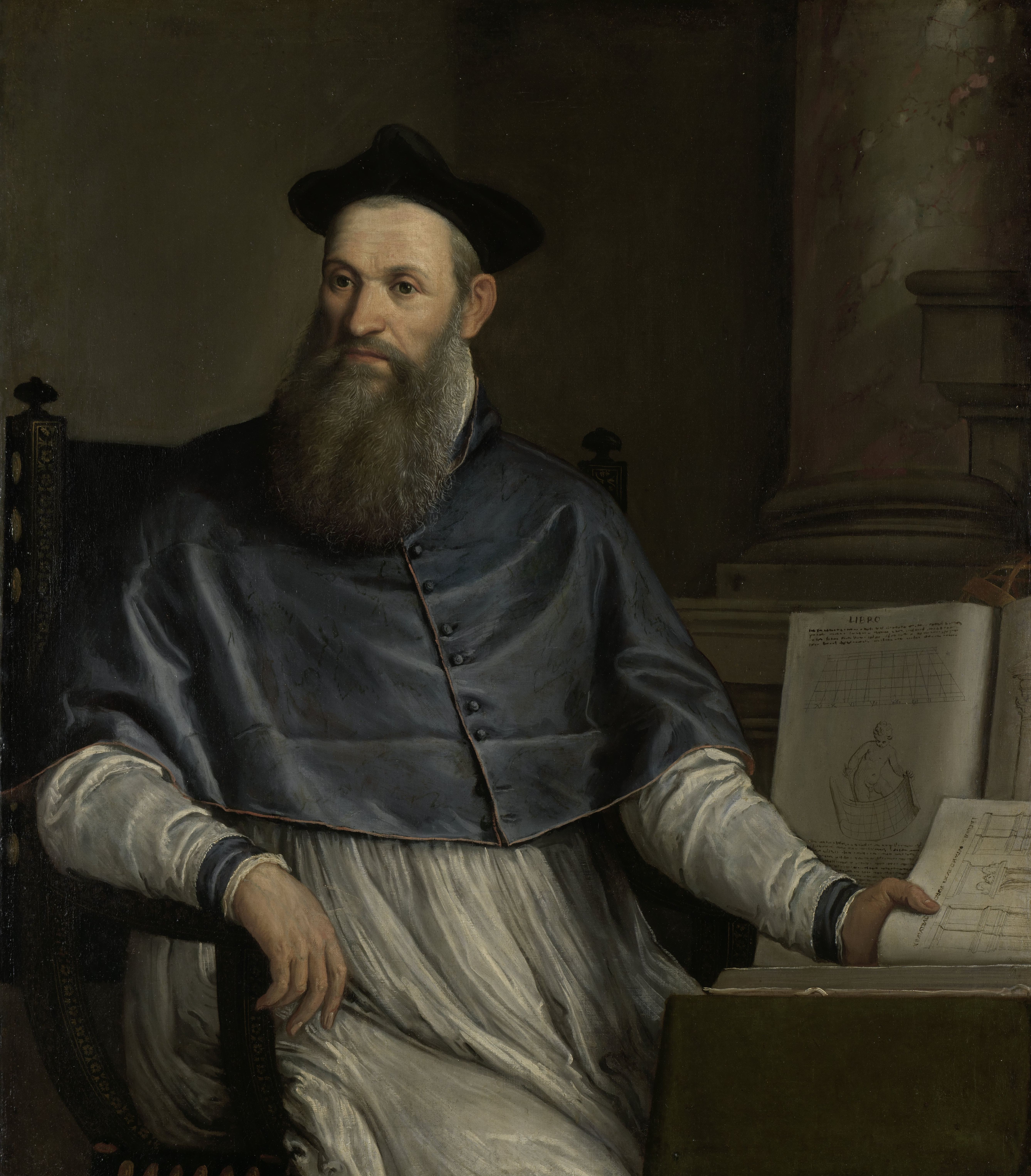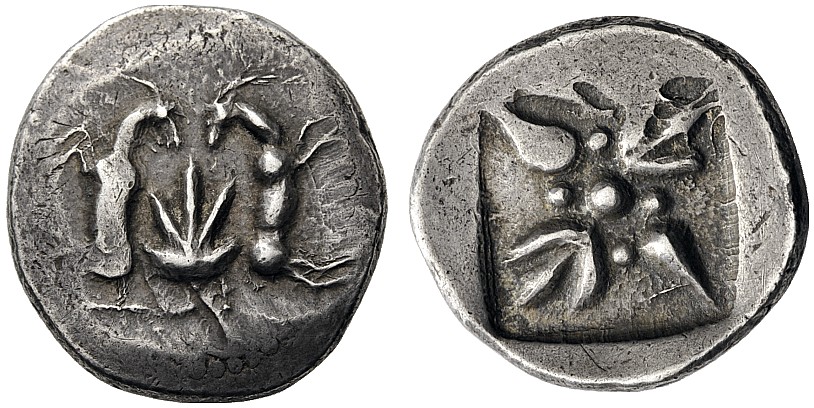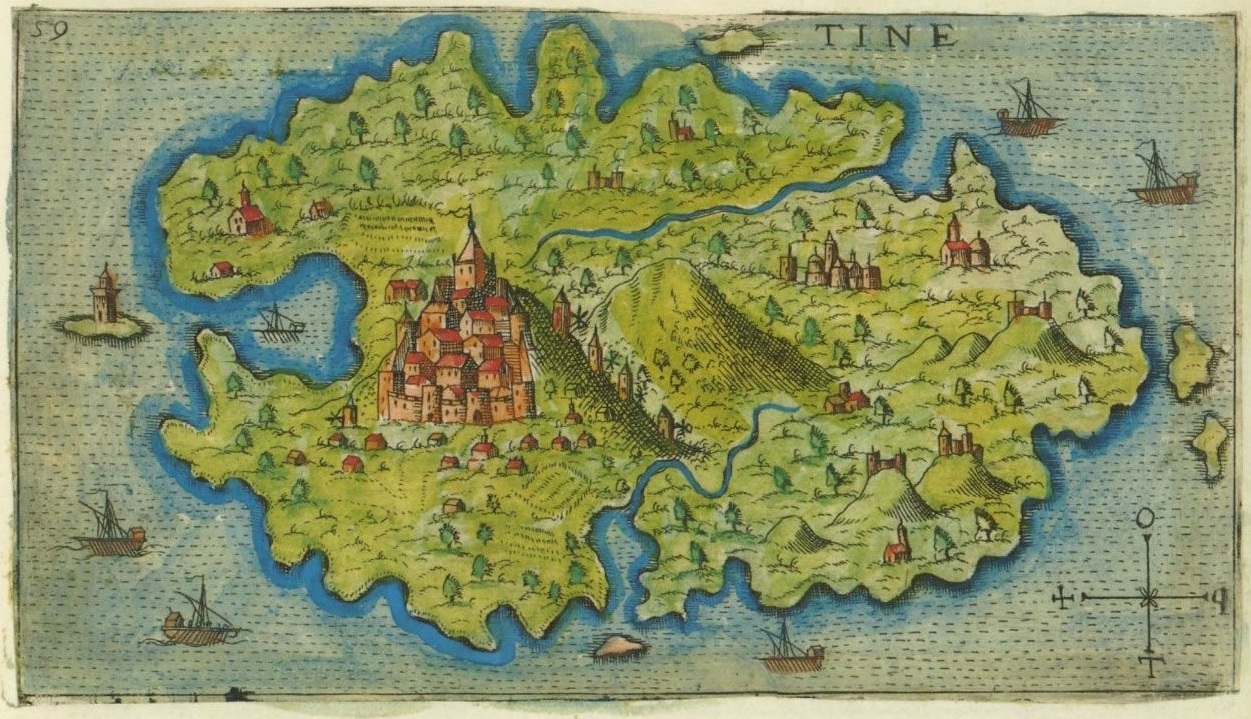|
Marco I Sanudo
Marco Sanudo (c. 1153 – between 1220 and 1230, most probably 1227) was the creator and first Duke of the Duchy of the Archipelago, after the Fourth Crusade. Maternal nephew of Venetian doge Enrico Dandolo, he was a participant in the Fourth Crusade (1204). He was part of the negotiations when the Republic of Venice bought the island of Crete from Boniface of Montferrat. Between 1205 and 1207, or a little after 1213-1214 according to sources, he gathered a fleet and captured the island of Naxos, laying the foundations of the Duchy of the Archipelago. He built a new capital city on the island, '' Kastro'' (now the main port). During his reign, he blended the Byzantine and occidental organizations. He became Vassal of the Latin Emperor Henry of Flanders around 1210 or 1216. For his lord, he fought against the Empire of Nicaea. But for Venice, he took part in the Cretan expedition of 1211. Sources All biographies of Marco Sanudo were written in centuries after that of the facts ... [...More Info...] [...Related Items...] OR: [Wikipedia] [Google] [Baidu] |
Duchy Of The Archipelago
The Duchy of the Archipelago ( el, Δουκάτο του Αρχιπελάγους, it, Ducato dell'arcipelago), also known as Duchy of Naxos or Duchy of the Aegean, was a maritime state created by Venetian interests in the Cyclades archipelago in the Aegean Sea, in the aftermath of the Fourth Crusade, centered on the islands of Naxos and Paros. It included all the Cyclades (except Mykonos and Tinos). In 1537, it became a tributary of the Ottoman Empire, and was annexed by the Ottomans in 1579; however, Christian rule survived in islands such as Sifnos (conquered by the Ottomans in 1617) and Tinos (conquered in 1715). Background and establishment of the Duchy The Italian city-states, especially the Republic of Genoa, Pisa, and Venice, had been interested in the islands of the Aegean long before the Fourth Crusade. There were Italian trading colonies in Constantinople and Italian pirates frequently attacked settlements in the Aegean in the 12th century. After the collapse and p ... [...More Info...] [...Related Items...] OR: [Wikipedia] [Google] [Baidu] |
Milos
Milos or Melos (; el, label=Modern Greek, Μήλος, Mílos, ; grc, Μῆλος, Mêlos) is a volcanic Greek island in the Aegean Sea, just north of the Sea of Crete. Milos is the southwesternmost island in the Cyclades group. The ''Venus de Milo'' (now in the Louvre) and the ''Asclepius of Milos'' (now in the British Museum) were both found on the island, as were a Poseidon and an archaic Apollo now in Athens. Milos is a popular tourist destination during the summer. The municipality of Milos also includes the uninhabited offshore islands of Antimilos and Akradies. The combined land area is and the 2021 census population was 5193 inhabitants. History Obsidian (a glass-like volcanic rock) from Milos was a commodity as early as 15,000 years ago. Natural glass from Milos was transported over long distances and used for razor-sharp "stone tools" well before farming began and later: "There is no early farming village in the Near East that doesn't get obsidian". The mining o ... [...More Info...] [...Related Items...] OR: [Wikipedia] [Google] [Baidu] |
Daniele Barbaro
Daniele Matteo Alvise Barbaro (also Barbarus) (8 February 1514 – 13 April 1570) was an Italian cleric and diplomat. He was also an architect, writer on architecture, and translator of, and commentator on, Vitruvius. Barbaro's fame is chiefly due to his vast output in the arts, letters, and mathematics. A cultured humanist, he was a friend and admirer of Torquato Tasso, a patron of Andrea Palladio, and a student of Pietro Bembo. Francesco Sansovino considered Daniele to be one of the three best Venetian architects, along with Palladio and Francesco's father Jacopo. Biography He was born in Venice, the son of Francesco di Daniele Barbaro and Elena Pisani, daughter of the banker Alvise Pisani and Cecilia Giustinian. Barbaro studied philosophy, mathematics, and optics at the University of Padua. He has been credited with the design of the university's botanical garden. Barbaro served the Republic of Venice as ambassador to the court of Edward VI in London and as representat ... [...More Info...] [...Related Items...] OR: [Wikipedia] [Google] [Baidu] |
Flavio Biondo
Flavio Biondo (Latin Flavius Blondus) (1392 – June 4, 1463) was an Italian Renaissance humanist historian. He was one of the first historians to use a three-period division of history (Ancient, Medieval, Modern) and is known as one of the first archaeologists. Born in the capital city of Forlì, in the Romagna region, Flavio was well schooled from an early age, studying under Ballistario of Cremona. During a brief stay in Milan, he discovered and transcribed the unique manuscript of Cicero's dialogue ''Brutus''. He moved to Rome in 1433 where he began work on his writing career; he was appointed secretary to the Cancelleria under Eugene IV in 1444 and accompanied Eugene in his exile in Ferrara and Florence. After his patron's death, Flavio was employed by his papal successors, Nicholas V, Callixtus III and the humanist Pius II. Archaeological works Flavio published three encyclopedic works that were systematic and documented guides to the ruins and topography of ancient ... [...More Info...] [...Related Items...] OR: [Wikipedia] [Google] [Baidu] |
Enrico Pescatore
Henry, known as Enrico Pescatore (i.e., the fisherman), was a Genoese adventurer, privateer and pirate active in the Mediterranean at the beginning of the thirteenth century. His real name is said to have been Erico or Arrigo di Castro or del Castello di Candia. The title Count of Malta was created by Tancred of Sicily some years before, for Margaritus of Brindisi and then was taken over by Emperor Henry VI, Tancred's opponent in Southern Italy and Sicily. Henry’s irregular acquisition of the title is attributed to his relationship as son-in-law to the previous holder, Guglielmo Grasso, Henry VI's and then Emperor Frederick II’s admiral, around 1204. From 1206, Pescatore took control of large parts of Crete. After the dissolution of the Byzantine Empire by the Fourth Crusade, the island of Crete was initially allotted to Boniface of Montferrat, who soon accepted an offer from Enrico Dandolo and sold his rights to Venice. As Venice was not prepared to enforce her control over ... [...More Info...] [...Related Items...] OR: [Wikipedia] [Google] [Baidu] |
Skiathos
Skiathos ( el, Σκιάθος, , ; grc, Σκίαθος, ; and ) is a small Greek island in the northwest Aegean Sea. Skiathos is the westernmost island in the Northern Sporades group, east of the Pelion peninsula in Magnesia on the mainland, and west of the island of Skopelos. Geography The island has a north to southwestern axis and is about long and wide on average. The coastline is indented with inlets, capes and peninsulas. The southeast and southwest parts have gentler slopes and that is where most settlements and facilities are located. The terrain is more rugged on the north coast, with the highest peak at on mount Karafiltzanaka (). The main town is Skiathos (pop. 4,883 in 2011), in the eastern part of the island. Other main settlements are Kalyvia (312), Troullos (158), Χanemos (143), Koukounaries (119), and Achladias (118). The Municipality of Skiathos includes the islets of Tsougria, Tsougriaki, Maragos, Arkos, Troulonisi and Aspronisi. The municipality has ... [...More Info...] [...Related Items...] OR: [Wikipedia] [Google] [Baidu] |
Skopelos
Skopelos ( el, Σκόπελος, ) is a Greek island in the western Aegean Sea. Skopelos is one of several islands which comprise the Northern Sporades island group, which lies east of the Pelion peninsula on the mainland and north of the island of Euboea. It is part of the Thessaly region. Skopelos is also the name of the main port and the municipal center of the island. The other communities of the island are Glossa and Neo Klima (Elios). The geography of Skopelos includes two mountains over ; Delphi () in the center of the island, and Palouki () in the southeast. With an area of Skopelos is slightly larger than Mykonos () and Santorini (). The nearest inhabited islands are Skiathos to the west and Alonnisos to the east. History According to the legend, Skopelos was founded by Staphylos (Greek for grape), one of the sons of the god Dionysos and the princess Ariadne of Crete. Historically, in the Late Bronze Age the island, then known as Peparethos or Peparethus ( grc, Πεπά ... [...More Info...] [...Related Items...] OR: [Wikipedia] [Google] [Baidu] |
Skyros
Skyros ( el, Σκύρος, ), in some historical contexts Latinized Scyros ( grc, Σκῦρος, ), is an island in Greece, the southernmost of the Sporades, an archipelago in the Aegean Sea. Around the 2nd millennium BC and slightly later, the island was known as The Island of the Magnetes where the Magnetes used to live and later Pelasgia and Dolopia and later Skyros. At it is the largest island of the Sporades, and has a population of about 3,000 (in 2011). It is part of the regional unit of Euboea. The Hellenic Air Force has a major base in Skyros, because of the island's strategic location in the middle of the Aegean. Municipality The municipality Skyros is part of the regional unit of Euboea. Apart from the island Skyros, it consists of the small inhabited island of Skyropoula and a few smaller uninhabited islands. The total area of the municipality is . Geography The north of the island is covered by a forest, while the south, dominated by the highest mountain, called ... [...More Info...] [...Related Items...] OR: [Wikipedia] [Google] [Baidu] |
Mykonos
Mykonos (, ; el, Μύκονος ) is a Greek island, part of the Cyclades, lying between Tinos, Syros, Paros and Naxos. The island has an area of and rises to an elevation of at its highest point. There are 10,134 inhabitants according to the 2011 census, most of whom live in the largest town, Mykonos, which lies on the west coast. The town is also known as ''Chora'' (i.e. 'Town' in Greek, following the common practice in Greece when the name of the island itself is the same as the name of the principal town). Mykonos's nickname is "The Island of the Winds", due to the very strong winds that usually blow on the island. Tourism is a major industry and Mykonos is known for its vibrant nightlife and for being a gay-friendly destination with many establishments catering for the LGBT community. History Herodotus mentions Carians as the original inhabitants of the island. Ionians from Athens seem to have followed next in the early 11th century BC. There were many people living on t ... [...More Info...] [...Related Items...] OR: [Wikipedia] [Google] [Baidu] |
Tinos
Tinos ( el, Τήνος ) is a Greek island situated in the Aegean Sea. It is located in the Cyclades archipelago. The closest islands are Andros, Delos, and Mykonos. It has a land area of and a 2011 census population of 8,636 inhabitants. Tinos is famous amongst Greeks for the Church of Panagia Evangelistria, its 80 or so windmills, about 1,000 artistic dovecotes, 50 active villages and its Venetian fortifications at the mountain, Exomvourgo. On Tinos, both Greek Orthodox and Catholic populations co-exist, and the island is also well known for its sculptors and painters, such as Nikolaos Gysis, Yannoulis Chalepas and Nikiforos Lytras. The island is located near the geographical center of the Cyclades island complex, and because of the Panagia Evangelistria church, with its reputedly miraculous icon of Virgin Mary that it holds, Tinos is also the center of a yearly pilgrimage that takes place on the date of the Dormition of the Virgin Mary (15 August, ''Dekapentavgoustos'' i ... [...More Info...] [...Related Items...] OR: [Wikipedia] [Google] [Baidu] |
Geremia Ghisi
Geremia Ghisi was a Venetian nobleman who in ca. 1207, following the Fourth Crusade, captured the Greek islands of Skiathos, Skopelos, and Skyros and became their lord, while his brother Andrea Ghisi conquered the islands of Tinos and Mykonos. Their sister or half-sister, Agnese Ghisi, married Othon de Cicon, who became the lord of Karystos on Euboea. In ca. 1239 Geremia, aided by his brother Andrea, expelled another Venetian nobleman, Marino Dandolo, from his fief of Andros. Dandolo died soon after, but his widow and sister brought a complaint before the Great Council of Venice, which in August 1243 ordered Geremia to restore Andros to the Dandolo heirs on pain of banishment from Venice and the sequestration of his and Andrea's properties there. Despite this decree, Geremia retained control of Andros until he died some years later. The island then reverted to the Duke of Naxos, Angelo Sanudo, but the affair continued to be a cause of dispute in the courts of Venice between Andrea ... [...More Info...] [...Related Items...] OR: [Wikipedia] [Google] [Baidu] |
Andrea Ghisi
Andrea Ghisi was a Venetian nobleman, and the first Lord of Tinos and Mykonos. There are no sources about him until 1207 when he participated in the expedition organized by Marco Sanudo for the conquest of the Greek islands which, three years after the fall of Constantinople to the Fourth Crusade, had not yet been occupied by the victors. He is not to be confused with the 17th-century Andrea Ghisi, from the same family, who devised a game called ''Laberinto'' ("Labyrinth"). According to Andrea Dandolo, Andrea and his brother Geremia received together possession over Tinos, Mykonos, Skyros, Skopelos and Skiathos, and after the division of these possessions among themselves, Andrea obtained Tinos and Mykonos. The two brothers were not vassals of Sanudo's Duchy of Naxos, however, but directly under the Latin Empire. In 1243 he was engaged with his brother in a long dispute with the Republic of Venice. During the campaign of 1207, the island of Andros had been assigned to Marino ... [...More Info...] [...Related Items...] OR: [Wikipedia] [Google] [Baidu] |








